 Is this what you fear your students hear when you stand in front of them as you point out critical attributes of a particular topic?
Is this what you fear your students hear when you stand in front of them as you point out critical attributes of a particular topic?
One of the most challenging aspects of your role as a CPR and First Aid Instructor is to keep your students actively involved in the learning process (engaged). There must also be effective transference of information (communication). This translates into a positive and productive learning environment, and keeps your students from getting the blahs.
We communicate ideas, information and expectations in a variety of ways – through speaking, gestures and other body language. Using each of these we give our students tips, hints, and suggestions during class and the hands-on practice sessions.Your role as an Emergency Care Instructor is critical during class to assure your students gain the confidence to ultimately apply their skills if called upon to do so in a crisis.
Ways to Enhance Student Engagement & Communication:
-
Active Participation: By nature, students may tend to be (and prefer to be) passive participants during class. The courses you teach naturally lend themselves to student participation during skills practice, so use this to your advantage and assure students are actively involved. This will go a long way to better assure skill retention and application if and when the need arises.
-
Ask Indirect, Open-Ended Questions: Questions like this get students thinking about many possible solutions, and when they are presented with a situation that they need to apply their skills in the event of an emergency, they may be more flexible (and creative if necessary) in their evaluation of the situation. During class, it may also create an atmosphere that students feel more comfortable sharing their ideas.
-
Use “True” Questions: These are questions that have several possible right answers all of which could be employed at the scene of an emergency. Remember, there is no one perfect way to handle every emergency situation. In this case, your students can use their experience to help develop answers for these questions.
-
Encourage and Lead: Be wary of students who try to answer every question. Their actions prevent others from participating and before you know it, other students start to tune out (and roll their eyes) whatever is being discussed when the “know-it-all” student speaks. Encourage all students to be part of the discussions.
-
Roll the Dice: This is a great technique for getting every student to participate in class, even if their “number” never actually comes up. Explain to your students that you’ll roll the dice to determine who gets to answer a particular question. This provides a fun way to keep everyone’s attention as they never know what number will be rolled on the dice.
-
Sequence Important Information: Sequencing information (reinforcing important aspects) at different stages throughout the course helps students make connections between the topics. By placing additional emphasis on a particular point (the importance of barriers for instance) throughout class, students will be more likely to remember this important aspect when actually called upon to apply their training.
-
Use Small Group Discussions: This is another point that fits naturally in the training you conduct. Use small group discussions with your teams and then incorporate the thoughts from each group into the larger class discussion.
-
Keep it Fresh: One of the most challenging (and often ignored) aspects of teaching—how to keep your teaching fresh over time –is just as critical as the teaching itself. Always be on the lookout for new and informative ways to make every class you teach even better than the last.
Research indicates a low level of attention at the beginning of lectures with another drop in attention between 10 and 18 minutes into the lecture. Studies also point to students only retaining about 40-46% of lecture material. So, the next time you step in front of your classroom and see a collection of blank stares or a pool of disengaged students with the blahs, consider adjusting your teaching methods using these tips. 
Remember, emergency care training can be very engaging; just check out the innovative training tools and award winning videos from the HSI family of brands!
We Make Learning to Save Lives Easy!
Jeff Myers, Vice President - HSI






.png?width=600&name=HSI-CTA-EmergencyCareTraining%20(1).png)











Comments